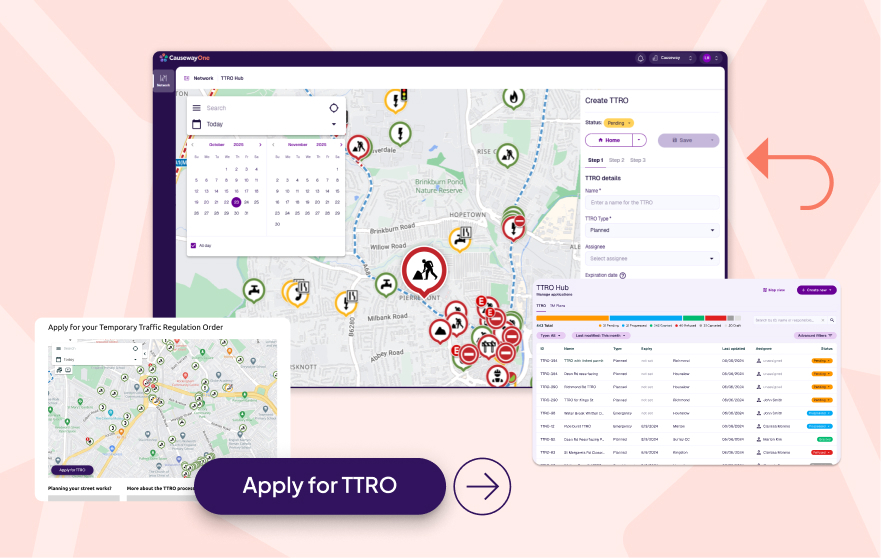What is Street Manager and how does it differ from ETON 6?
In our blog post ‘2020: The Tipping Point for Digitisation in Highways Contracting’ we revealed that our latest research, in partnership with the Chartered Institute of Highways, that more than eight in every 10 (83%) highways construction professionals believe it is very or extremely important to apply digitalisation principles and technology in order to improve productivity and commercial performance. One of the biggest digital changes coming to the highways industry is the introduction of Street Manager by the Department for Transport (currently planned to launch on 1 April 2020).
We spoke to Dennis Pearcy, Technical Support Manager at Kier, to shed light on the situation and provide highways contractors with the information they need to make the transition as smooth as possible despite all the confusion.
What are the pitfalls associated with EToN 6?
EToN 6 was introduced to create an environment where people could join a permit scheme and works would be coordinated between events, schools, hospitals, anything could be put on this register and you could go online and say oh we’d better not do that project then.
What was supposed to happen was that a point permit was put in to dig outside point A is anyone interested and then all interested parties should go and work at point A at the same time to minimise disruption and environmental impacts. It brings in street licences too for things like scaffolding and skips. Essentially EToN 6 was intended to coordinate any event that happens on a street which includes footpaths, cycle lanes and the road itself.
In reality, what happened was although it was supposed to be mandatory only one or two local authorities used it as a coordination tool, instead they have used it as a money-making tool. What would happen is that someone would turn up and dig outside your house one day and then the following week someone else would turn up and dig outside your house again.
How is Street Manager different to EToN 6?
Street Manager will make it possible to collect all sorts of data that simply isn’t available today. For example, at the moment if you asked me how many jobs we did in the borough of Kingston last year, I would have to run reports from loads of different systems.
With Street Manager the vision is that there will be a central repository of data that goes not only down to the individual borough but drill down into the types and frequency of works carried out. This digital perspective will enable better decisioning e.g. where to make areas car free to ease congestion and reduce delays in completing works which have a financial and environmental impact.
Street Manager means that this coordination is mandatory which means it will be harder to get road space because there will be more events logged thus reducing time available. So one of the biggest challenges will be this will mean proper coordination of works which has really only been vaguely done up to now. For example, electricity/gas/water boards could come in with an emergency and trump all other works and events.
Join us for the next blog in this series where we discuss the benefits and concerns surrounding the upcoming launch of Street Manager.



